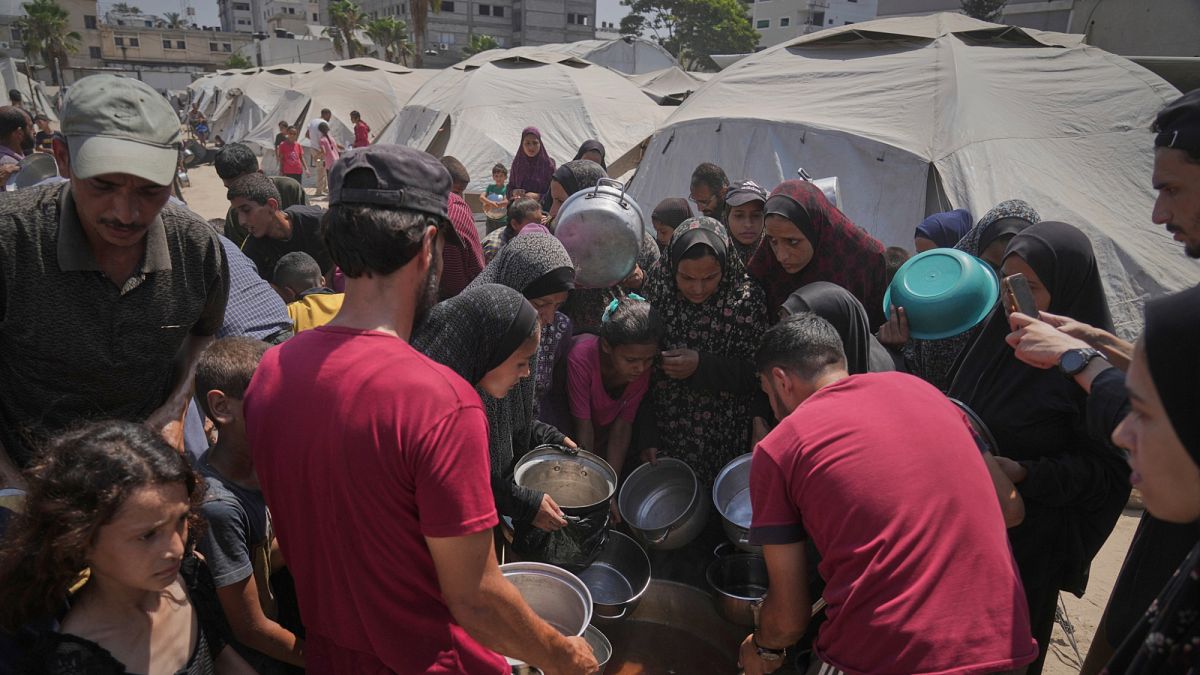

In a world where both human resilience and the wonders of nature shape daily life, recent developments in Gaza and Iceland offer vivid insights into these powerful forces. Each setting, though vastly different, reflects unique stories of survival, adaptation, and the enduring spirit that characterizes human and natural environments alike.
In the heart of Gaza City, amidst the challenging backdrop of ongoing conflict, families have sought refuge in a bombed football stadium. This unusual shelter has become a temporary home for many, as shown in new footage released by the Palestinian news agency Wafa. The stadium, once a place of community gathering and sporting enthusiasm, now hosts a different kind of assembly—families living in tents, each one a small symbol of resilience in uncertain times.
The people of Gaza, accustomed to the rhythm of unrest, demonstrate an extraordinary ability to adapt to circumstances that are challenging at best. Despite the backdrop of airstrikes, these families find ways to maintain a semblance of normalcy, drawing upon community ties and shared strength. The tents, though makeshift, are a testament to their determination to create spaces of safety and togetherness amidst the remnants of the stadium’s former glory.
Meanwhile, on Iceland’s Reykjanes Peninsula, a natural marvel is unfolding as volcanic activity draws curious travelers and locals alike. Since July 16, the area near the town of Grindavik has been the stage for a volcanic eruption, now entering a phase where the molten lava is beginning to cool. Tourists have flocked to the site, eager to witness the majestic and calming sight of nature’s transformation from fiery tumult to hardened tranquility.
The slowing of volcanic activity is a reminder of the earth’s ever-changing nature and the slow but fascinating progression from chaos to calm. Visitors to the site can observe the unique landscape, sculpted by lava flows, as it cools and hardens, leaving an indelible mark on the terrain. This natural event offers a moment of reflection on the power and beauty of the natural world, drawing people into a tranquil connection with the planet’s geological processes.
Both in Gaza and Iceland, there lies an undercurrent of human and natural resilience that speaks volumes to the strength and adaptability of life. In Gaza, families transform a space of destruction into a haven, finding ways to persevere and support one another. In Iceland, the earth itself demonstrates a cycle of destruction and renewal, captivating those who stand in awe of its majesty.
While the contexts differ drastically, the lessons are intertwined—reminding us of the importance of community, resilience, and the profound beauty of both human persistence and natural phenomena. These narratives showcase the diversity of experiences across our world, urging us to appreciate the moments of quiet strength and awe-inspiring wonder that life has to offer.
Source: {link}
